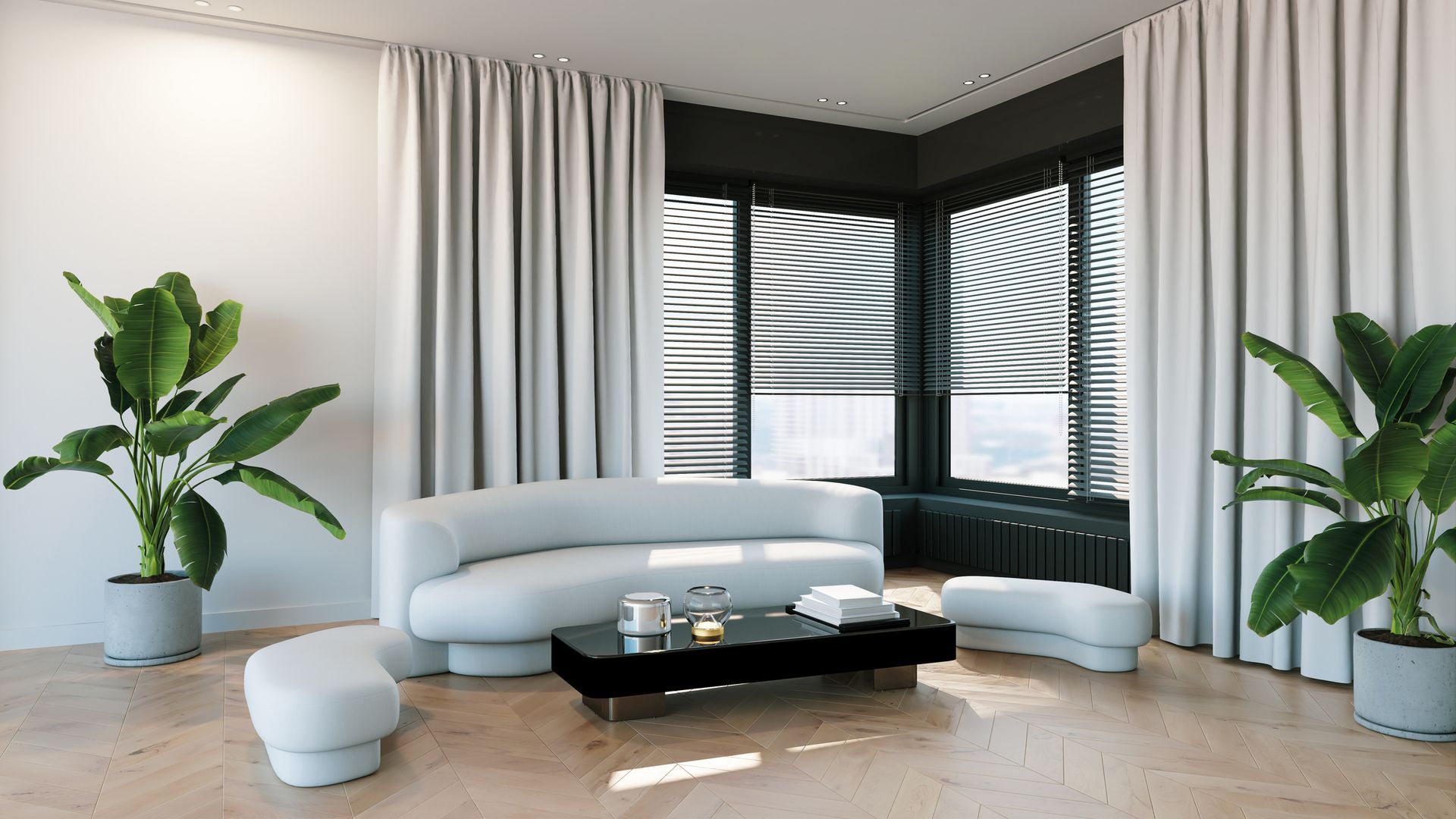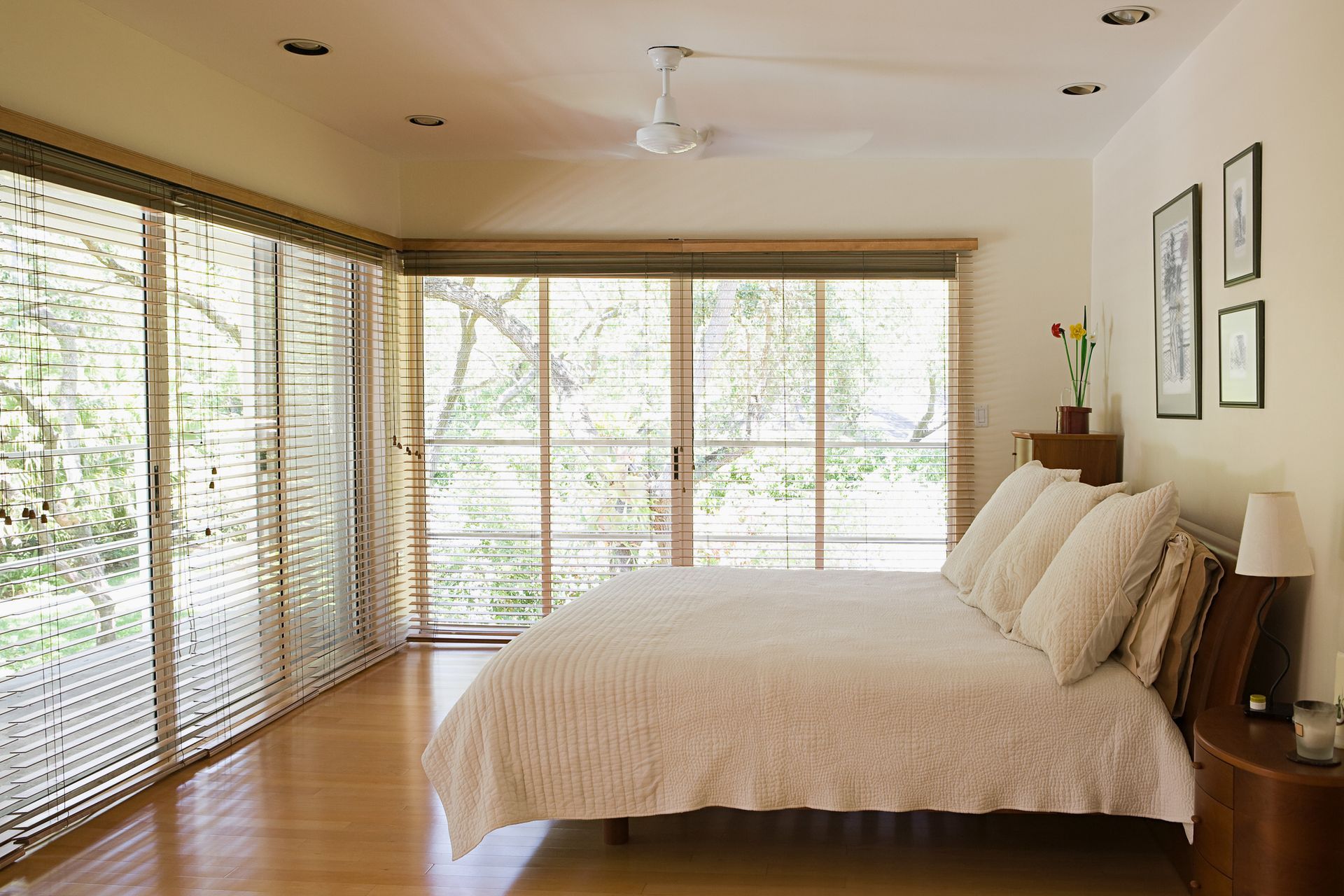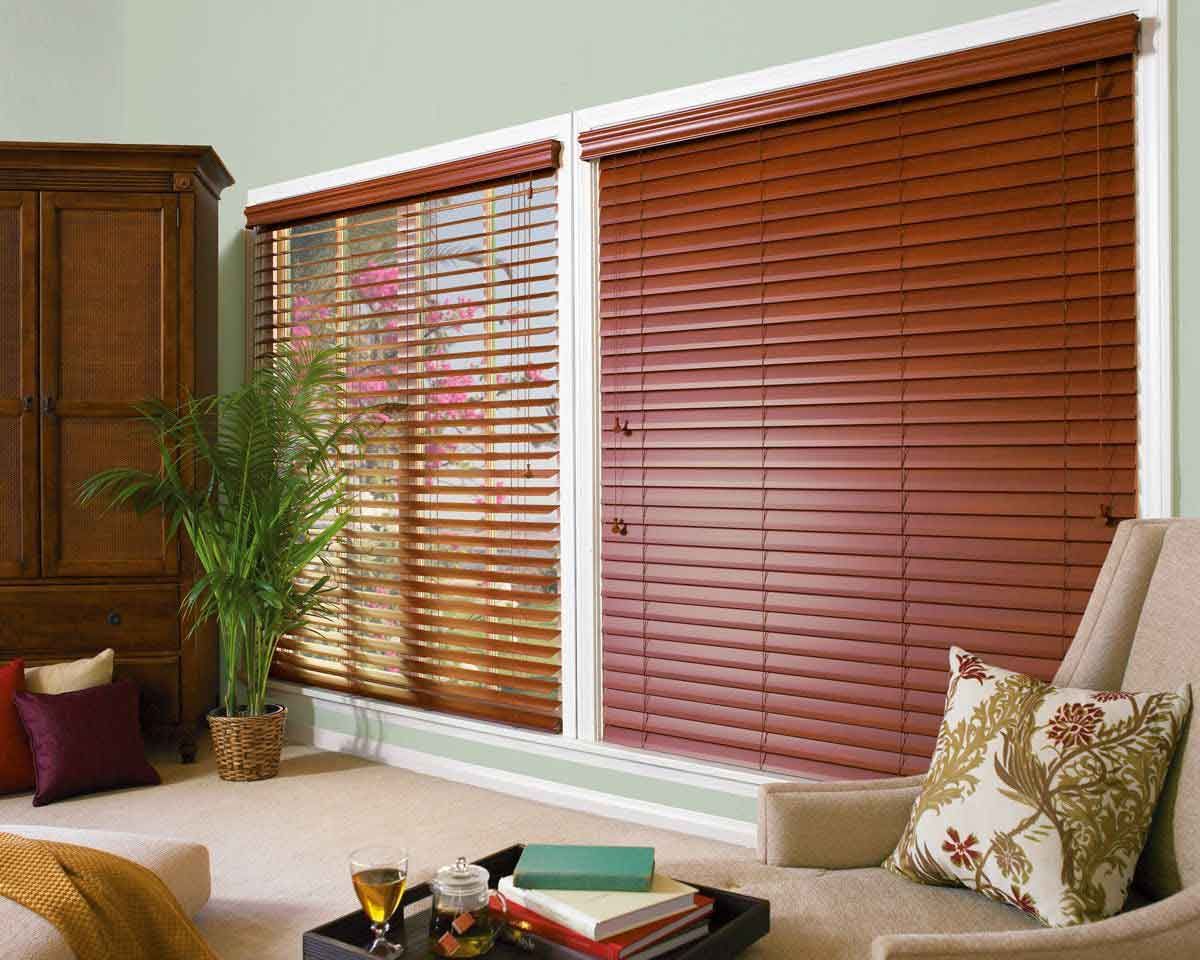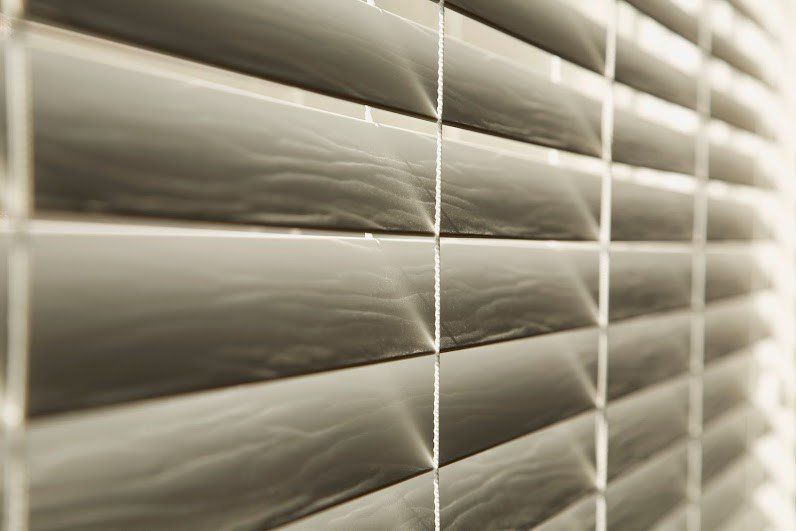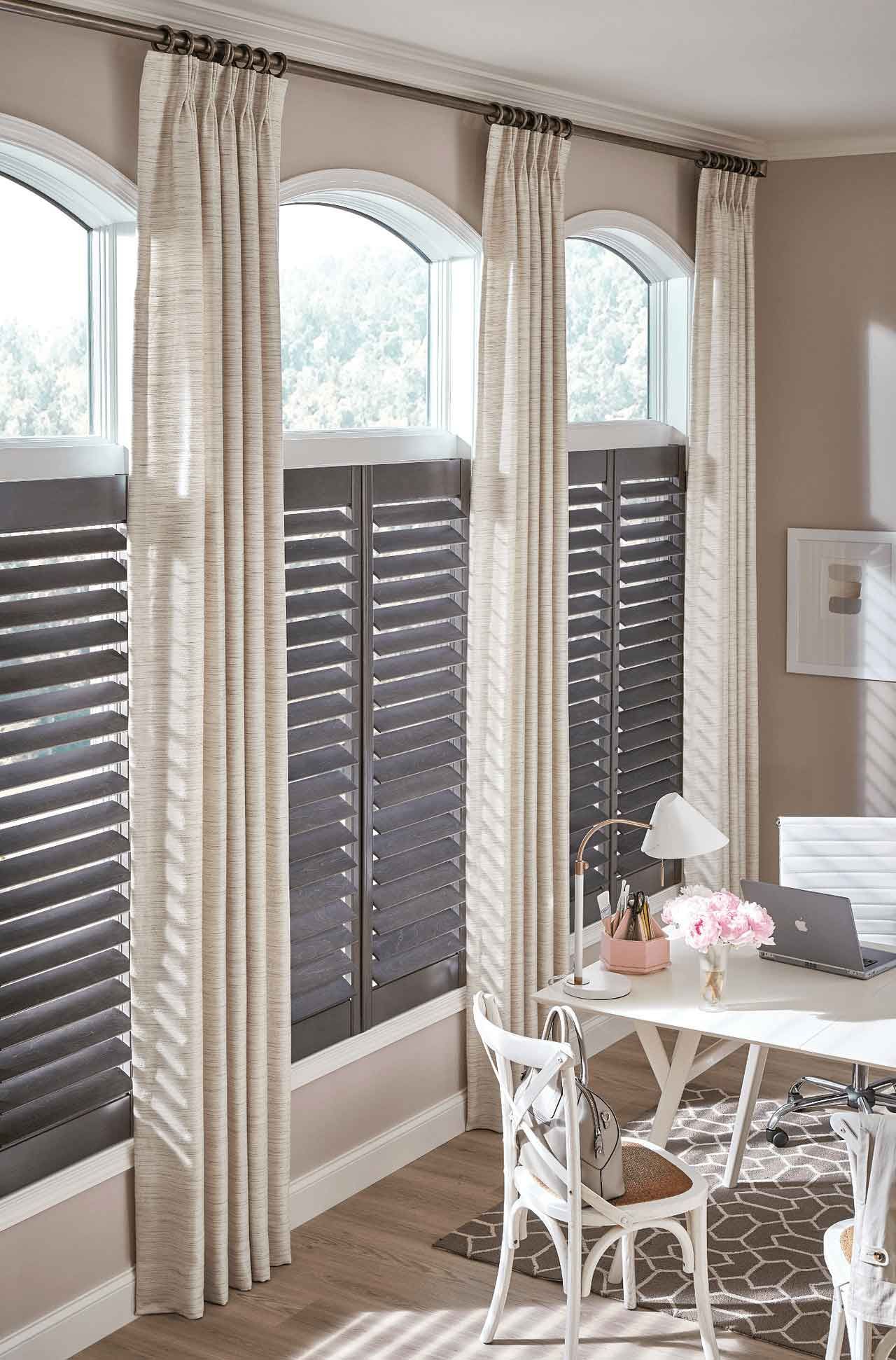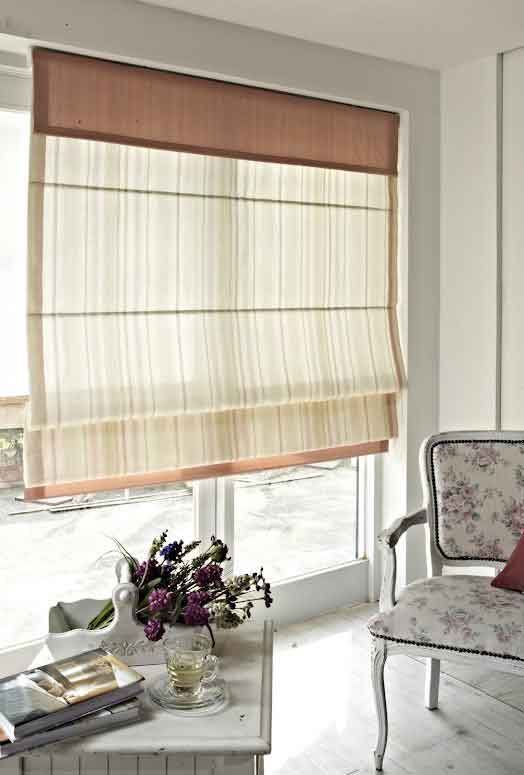Window Treatment Tips for Allergy Sufferers
Admin • August 7, 2020

If you suffer from allergies, then you should keep your home as free from common allergens as possible to help reduce your allergy symptoms naturally. Just a few of the common allergens found in homes include dust, dust mites, and dander.
One way you can help keep your home free from allergens is to choose the right window treatments. While indoor allergens can collect on virtually every window treatment, they tend to accumulate more on some window covering types than others. In addition, some window treatments are much easier to clean than others, making frequent removal of allergens that do collect on them a breeze.
Learn about two window treatment tips for allergy sufferers to help you choose new window coverings that are allergy-friendly.
Choose Allergy-Friendly Blinds
Hard window coverings, including blinds, are great options for allergy sufferers. The blinds are easy to wipe clean with a solution of vinegar and water to remove dust and other allergens that accumulate on them. Also, dust mites rarely survive for long periods of time on hard surfaces. However, some hard window coverings are even more allergy-friendly than others.
While vinyl mini-blinds are popular, dust tends to accumulate on plastic blinds very quickly due to the static electricity plastic creates that attracts dust particles. After installing plastic blinds, you will find that they need cleaning much more often than blinds of other materials.
Keeping your blinds dust-free can be an easier task when you choose blinds of faux wood instead of plastic blinds. Faux wood blinds create much less dust-attracting static electricity than plastic blinds.
In addition, opt for vertical blinds instead of blinds with horizontal slats when possible. Dust tends to accumulate on horizontal surfaces than vertical ones.
Finally, to encourage your blinds of any type to repel dust instead of attracting it, apply a solution made up of one part liquid fabric softener and four parts water to all blind slats, or rub blind surfaces with a fabric softener sheet after cleaning them.
Select Drapes Made From Hypoallergenic and Washable Fabrics
You should skip fabric window treatments altogether if you have a severe dust mite allergy, since dust mites can make their homes in most fabric types.
However, if you enjoy the appearance of fabric drapes and do not have a severe dust mite allergy, you do not have to skip them altogether for an allergen-free home. Instead, choose curtains of hypoallergenic fabrics that you can put in a household washing machine to remove allergens that build up on them.
Skip drapes made from synthetic fabrics that contain chemicals that can trigger allergic reactions in some allergy sufferers. Instead, opt for curtains made of cotton, silk, or linen, which are all-natural hypoallergenic materials.
Launder washable drapes in your washer about once a week to completely remove all allergens that embed between fabric fibers. If you notice dust build-up on your curtains between washings or simply do not have time to launder them one week, then remove dust from curtain surfaces with a vacuum equipped with a hose and soft brush attachment.
Machine-washable drapes are a better option for allergy sufferers. However, if you fall in love with a curtain style labeled dry clean only, you can add them to your home. Just make you are ready to vacuum them often, and take them to the local dry cleaners regularly to remove embedded allergens.
If you suffer from allergies, then be sure to choose window treatments that are less prone to the collection of allergens and are easy to clean when allergens do accumulate on them. Contact the window treatment experts at Sylvan's & Phillip's Drapes & Blinds for all of your new window blind, drape, and shade needs today.
